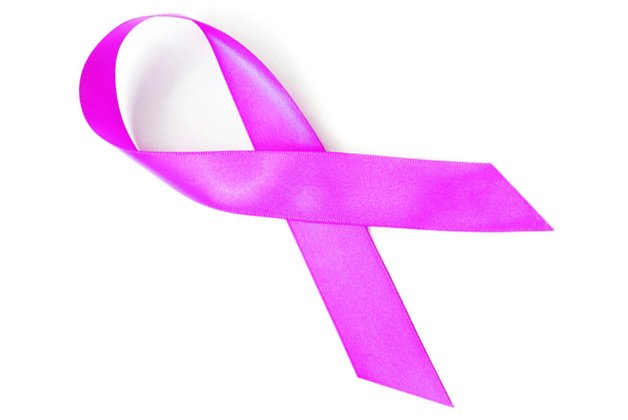
With October looming around the bend, this is pink’s time to shine. Yes, it’s Breast Cancer Awareness Month, and corporations are hoping a little pink ribbon will inspire you to shop your way to a cure.
Unlike the red ribbon supporting those with HIV/AIDS, the pink ribbon was pretty much corporate from the get-go. It first went big in 92 when Estée Lauder promised to slap it on every makeup counter in the U.S. In no time it went viral, and the rest is blush-hued history.
Companies trying to tug at our heartstrings and cash in on goodwill clearly believe adding a little think-pink marketing can’t hurt. Running shoes, USB sticks, towel rings, even kitty litter all come in shades of pink this time of year, according to the Canadian Breast Cancer Foundation’s list of partnerships.
The pink consumer philanthropy scene is even bigger south of the border, where the Susan G. Komen foundation has linked ribbons with everything from KFC (“Buckets for the Cure”) to shrink-wrapped Dole mushrooms (a company recently slammed by workers for allegedly exposing them to a carcinogenic pesticide banned in the U.S.). There was even a pink-ribbon Smith & Wesson 9mm pistol a few years ago.
Which brings us to the discussion around whether products donating to the fight against breast cancer are or should be healthy for all involved, including the workers who make them.
Should Sephora’s new Breast Cancer Awareness Makeup Palette with aluminium powder get the pink stamp when the International Agency for Research on Cancer says making aluminium is carcinogenic to workers?
Certainly, the acrylamides in fried processed foods cause cancer in lab rats, so when feathers were ruffled, Komen pulled the plug on the KFC partnership. Ditto for the foundation’s own signature perfume line, which was shamed for containing estrogenic chemicals (and subsequently reformulated.)
You may have spotted new TV ads for Pantene’s Beautiful Lengths Pink Shampoo. One dollar goes to the Canadian Breast Cancer Fund though Procter & Gamble has yet to announce that it’s eliminating 1,4-dioxane from all of its sudsing products the way Johnson & Johnson is.
A growing number of breast cancer activists and survivors are fed up with the pink-wash and asking, isn’t it time to take a more holistic view on breast cancer and start talking prevention?
They point to rising cancer stats and mounting evidence linking environmental pollutants to cancers of the breast. Back in the 60s, one in 20 women would get breast cancer at some point in their lives. Today that number is a startling one in nine in Canada. According to San Fran-based Breast Cancer Action, 70 per cent of those diagnosed have none of the known risk factors.
What’s causing the rise? No one’s absolutely certain, but the 2010 U.S. President’s Cancer Panel definitely rattled a lot of cages when it suggested “the true burden of environmentally induced cancers has been grossly underestimated.”
Recent studies have connected a baby’s exposure to everyday chemicals in the womb to increased cancer risks down the road. The Silent Spring Institute suggests that moms-to-be minimize their plastic use, eat organic as much as possible, skip chemical pest control, wet-dust and HEPA vacuum regularly and forgo painting the nursery themselves (since house paint, as well as vinyl and scented cosmetics, can contain harmful phthalates).
If you’re trying to take control of the toxins you come head to head with in your everyday life, following the pink-ribbon product trail may not be the way to go. Activists suggest you save your money for truly non-toxic products and donate your dollars to your favourite breast cancer charity instead.
If you still want to buy pink, ask how much from each item actually goes to a breast cancer charity (5 cents, $1?). Moreover, what cap on donations has the company set – $10,000 or $100,000?
The Canadian Breast Cancer Support Fund offers a decent alternative. The charity’s sister enterprise, Hollyandivy.ca, lets you buy all-natural products knowing 50 per cent of net profits provide financial support for women with breast cancer. (I’m speaking at a workshop hosted by the group on October 1. See event listings for details.)
It’s part of a growing movement that’s pushing pink-washing aside and asking, isn’t it time we think pink, live green?
Got a question?
Send your green queries to
ecoholic@nowtoronto.com | twitter.com/ecoholicnation












